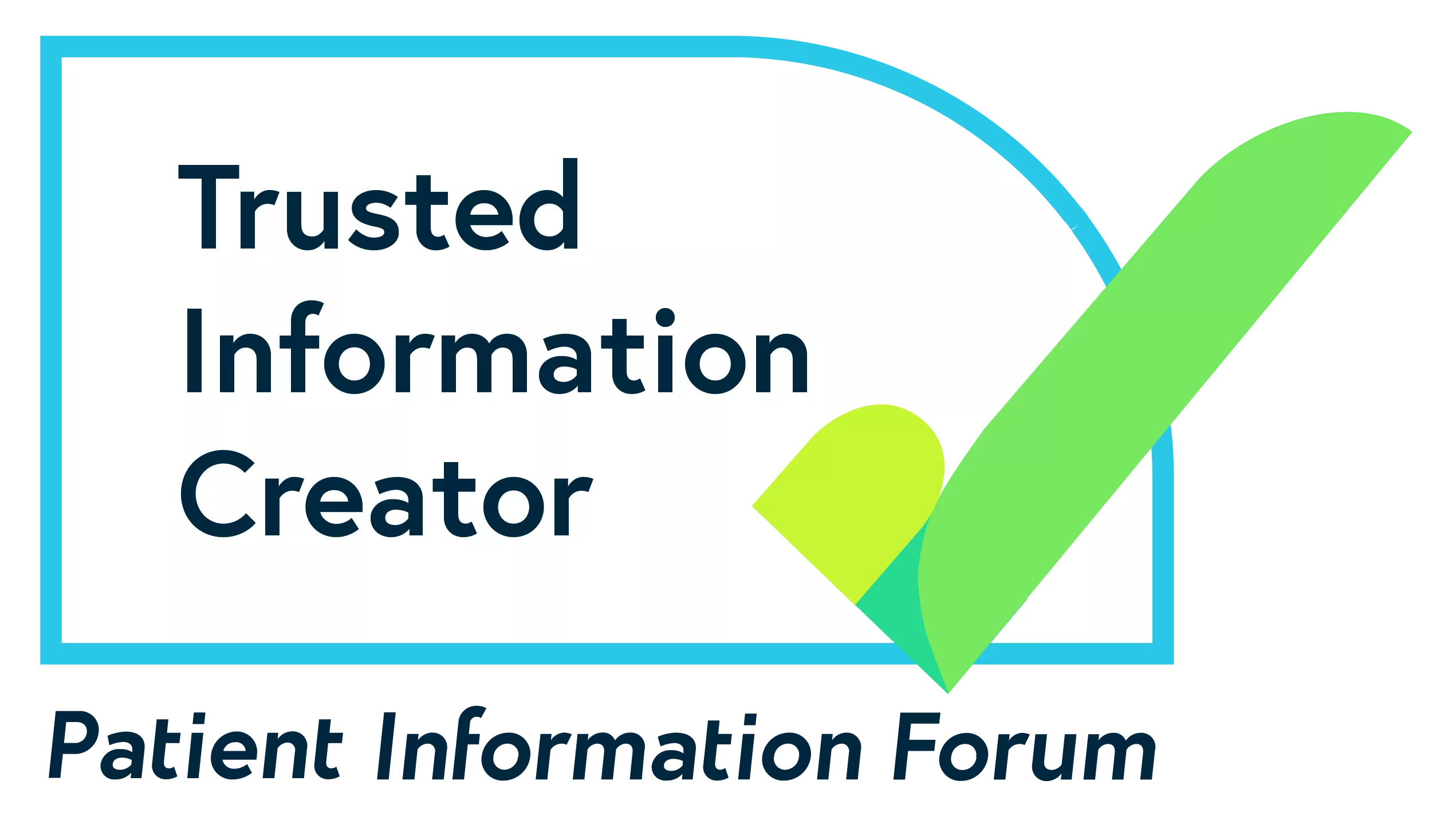Birth trauma and postnatal PTSD
Birth trauma happens when we go through a frightening, stressful or distressing event which is related to giving birth. It can develop into postnatal post-traumatic stress disorder (PTSD), which is a type of anxiety disorder.
Witnessing traumatic events can also lead to symptoms of PTSD, so partners can experience it too.
On this page:
Our page on self-care for perinatal mental health problems also has some tips for helping yourself.
Re-living aspects of the trauma
You might experience:
- Vivid flashbacks (feeling that the trauma is happening right now)
- Intrusive thoughts and images
- Nightmares
- Intense distress at real or symbolic reminders of the trauma
- Physical sensations such as pain, sweating, nausea or trembling
Alertness or feeling on edge
You might:
- Panic when reminded of the trauma
- Be easily upset or angry
- Feel extreme alertness, sometimes known as 'hypervigilance'
- Find it hard to sleep, even when you have the chance
- Experience irritable or aggressive behaviour
- Find it hard to concentrate, including on simple or everyday tasks
- Be jumpy or easily startled
- Have other symptoms of anxiety
Avoiding feelings or memories
You might:
- Feel like you have to keep busy
- Avoid situations that remind you of the trauma
- Be unable to remember details of what happened
- Be unable to express affection
- Use alcohol or recreational drugs to avoid memories
- Feel emotionally numb or detached from your feelings, or from your body. This is often referred to as dissociation
Difficult beliefs and feelings
You might:
- Feel like you can't trust anyone
- Feel like nowhere is safe
- Feel like nobody understands
- Blame yourself for what happened
- Have overwhelming feelings of anger, sadness, guilt or shame
Causes of postnatal PTSD
Experiencing or witnessing traumatic events during or after childbirth can cause postnatal PTSD. Examples might include:
- A difficult labour with a long and painful delivery
- An unplanned caesarean section
- Emergency treatment for you or your baby
- Other shocking, unexpected and traumatic experiences during birth
Some people feel that having a new baby makes up for any traumatic experiences. Or they may think that enjoying being a new parent means they will soon forget about trauma.
But these traumatic experiences can have a negative effect on your relationship with your baby. They can also negatively affect your relationships with the people around you and how you feel about yourself.
You may feel disappointed that childbirth wasn't the experience you were hoping for. Or you might feel angry with the medical staff if you felt that the delivery wasn't handled well. Or if you hadn't received as much support as you'd hoped for.
Some parents talk about feeling a lack of control or involvement during childbirth. This can contribute to traumatising feelings.
Your experiences may also make you feel anxious about having another baby in future. You may worry you'll go through a similar experience during birth.
I was sent home covered in bruises, with 24 staples still present in my stomach, a shell of myself, with trauma flashbacks and now an additional life to support
Treatments for postnatal PTSD
If you're worried about the effects of birth trauma or postnatal PTSD, talk to your GP or health visitor. Your doctor should discuss treatment options with you, so you can make a decision together about what's best for you.
See our pages on seeking help for a mental health problem for more tips, including how to speak to your doctor.
Talking therapy
The main treatments for PTSD are specific types of talking therapy:
- Trauma-focused cognitive behavioural therapy (CBT).This is designed to treat PTSD. A therapist will work with you to identify and express emotions associated with trauma. And find coping skills for dealing with them. They will offer you ways to express your feelings about trauma that you would find most helpful.
- Eye movement desensitisation and reprocessing (EMDR). During this treatment, a therapist guides you to make rhythmic eye movements while recalling the traumatic event. The eye movements are designed to stimulate both sides of your brain (bilateral stimulation). The aim is to help you process the traumatic events, so that you can recall them without experiencing intense symptoms of PTSD.
We have more information on talking therapies, including finding a therapist.
Medication
Medication is not normally offered to treat PTSD itself. But there are a few related reasons why your doctor may offer you medication:
- Treating symptoms of anxiety and depression, which you might experience alongside PTSD
- Helping you feel more stable so that you feel more able to care for your baby
- Helping while you wait for therapy, if there are long waiting lists for talking therapies in your area
See our page on treatments for PTSD for more information.
This information was published in March 2024. We will revise it in 2027.
References and bibliography available on request.
If you want to reproduce this content, see our permissions and licensing page.












